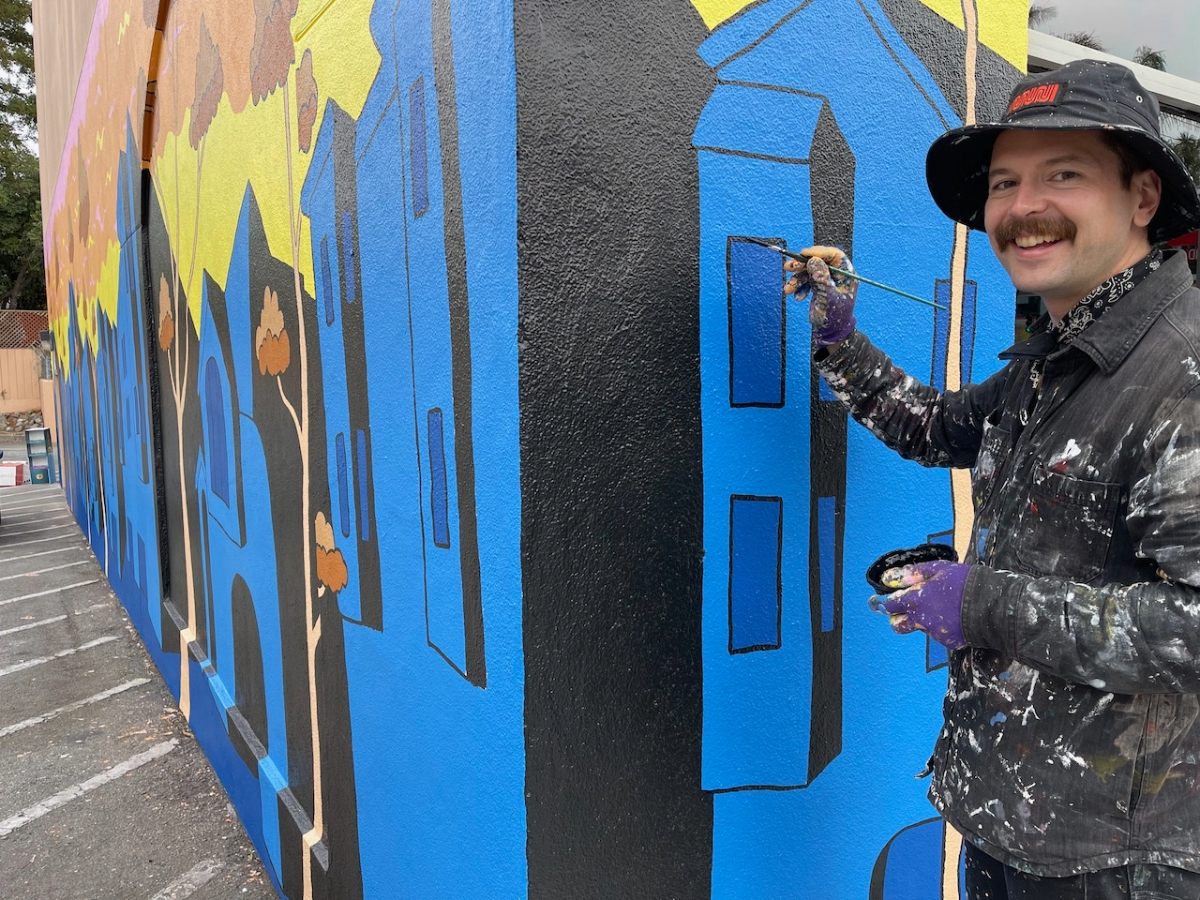[ad_1]
My friends and I optimistically but naively brought our fly fishing gear on a backpacking trip into the White Clouds at the end of September.
We’ve been looking for more out-of-the-way places that might be a little farther from Boise, with maybe a little harder hike to get away from the madding crowds.
Ocalkens Lakes seemed to fit the bill: The trailhead is about 27 miles east of Stanley, and the hike was about 4.5 miles, with a 2,000-foot elevation gain up to Ocalkens Lake #2 at 9,200 feet.
Just what we were looking for.
Until we got there.
We were shocked and disappointed to find Ocalkens Lake #2 was nearly dry.
Some water still sat a couple of inches deep, but we were able to walk across the muddy lake bed to the other side.
Certainly no fishing there.
We were able to find Ocalkens Lake #1 a few hundred yards away. It’s a much smaller lake (more like a pond) but apparently quite deep on one side. The water was a shade of green that matched the Chicago River on St. Patrick’s Day.
We saw a couple of fish rising, but none were hitting the flies we threw out there.


As we sat around our freeze-dried dinners and sipped whiskey that night, we began to speculate as to why Ocalkens Lake #2 was nearly dry.
I’m going to blame it on the whiskey, but our leading theory was that the Stanley earthquake of 2020 opened up a fissure under the lake and drained it into an underground aquifer, which explained why Slate Creek was still running heavy with water all the way down the basin.
After all, the 6.5 magnitude earthquake caused liquefaction of sediments near the Stanley Lake inlet, causing the collapse of a popular beach and fishing area. Earthquakes also have been known to create lakes (see Quake Lake in Montana).
Or maybe there’s a simpler, less dramatic explanation.
“If I had to guess I would say that Ocalkens Lakes #2 is input limited,” Tyler King, a research hydrologist with the U.S. Geological Survey’s Idaho Water Science Center in Boise, wrote to me in an email. “Conceptually, I would guess that the lake loses water to the creek via surface outflow and to the subsurface (that is to ground water) via infiltration. When losses exceed inputs, lake levels drop.”
In other words, not enough water filled the lake during the wet season to keep it filled for the whole summer.
And it looks like it’s been drying up since at least 2016.
According to the 2016 Idaho Department of Fish and Game fisheries management annual report, the survey crew could see the entire bottom of Ocalkens Lake #2.
Idaho Fish and Game had stocked Ocalkens #2 as late as 2014, but the water level was so low by 2016, Fish and Game didn’t even bother to stock the lake.
“The lake used to be stocked with cutthroat trout pretty consistently,” according to Martin Koenig, sportfishing program coordinator for Fish and Game. “However, biologists surveyed the lake in 2016 and noticed it was already 1.5 feet below full, and that most of the lake was less than 5 feet deep. Despite the stocking only two years prior, no fish were seen during the survey, suggesting that the lake is too shallow to support them at this point. With such a shallow lake, it is really hard for trout to survive the winters.”
Climate change
So what’s the culprit?
Anna Bergstrom, assistant professor in Boise State University’s geosciences department, thinks the culprit likely is climate change.
“Without doing too much research on it, I would tend to agree that this is a climate change-related issue rather than a specific event,” Bergstrom wrote in an email to me. “There have been many documented changes to alpine and mountain lakes including changes to thermal regimes, chemistry, and the types of aquatic organisms they can support. It is pretty reasonable to imagine that warmer temperatures and changing precipitation might cause lakes to shrink or convert to wetlands.”
As Koenig noted, “Aerial photos these days have a lot of open meadows that used to be lakes on the old USGS topo maps.”
Bergstrom’s colleague at Boise State, geosciences Professor Lejo Flores, added that other things could play a role, as well, such as a decrease in ice coverage during the winter, and a change from mostly snow runoff to spring and fall rains.
Even vegetation cover could be playing a role. Fewer trees means less shade, and hotter temperatures without shade means more evaporation during the hot months.
King, of the USGS, pulled several years’ worth of precipitation data for the Salmon River Watershed where the lake is located.
The data shows that 2024 has been one of the drier years on record, second only to 2021. According to the data, 2024 is in the 17th percentile (83% of years are expected to have more precipitation) compared to the 42 years of record from 1982 through 2024.
According to images taken from the National Aerial Imagery Program at USGS Earth Explorer, the lake was also nearly dry in 2021.


Groundwater flow
As for why Slate Creek was still flowing heavily, Bergstrom suggested that surface and groundwater are closely connected, so even though there may not be a lot of water on the surface, there may still be subsurface groundwater feeding Slate Creek.
“That nice flat area would be a good zone of recharge to the groundwater system,” Bergstrom wrote. “Then when you move down and have much steeper slopes, they can intersect groundwater flow paths and groundwater can return to streams and become surface again, supporting higher flows.”
King gave me a metaphor that helps the concept make sense.
“Think of a strainer sitting in a water cooler,” King wrote. “If the water cooler is full enough, there is water in the strainer. As the water cooler drains, the strainer runs dry.”
There may be water still sitting in the bottom of the cooler, so that when you open the drain plug, water is still flowing out (Slate Creek).
“This intersection of the water table and the land surface allows the creek to flow as long as there is water in the aquifer,” King wrote. “It is plausible that there are flow paths under the lake that sustain the creek even once the water table drops below the elevation of the lake bottom.”
I still like my whiskey-induced idea that an earthquake opened up a fissure, but I’m going to go with the experts’ theories on this one.
Sadly, it sounds like an example of climate change taking away yet another place we love.
[ad_2]
Source: www.yahoo.com



